Despite the growing popularity of HDMI and other modern interfaces, VGA is still relevant and is used to transfer video data most often. IBM’s Video Graphics Array standard is used today, as it was thirty years ago, in monitors and video adapters. If it is necessary to connect a monitor with an analog connector to a new video card that translates digital, use DVI VGA adapters. In fact, such devices do not always work, since the question of compatibility arises here, therefore, experts recommend using signal converters instead of adapters.
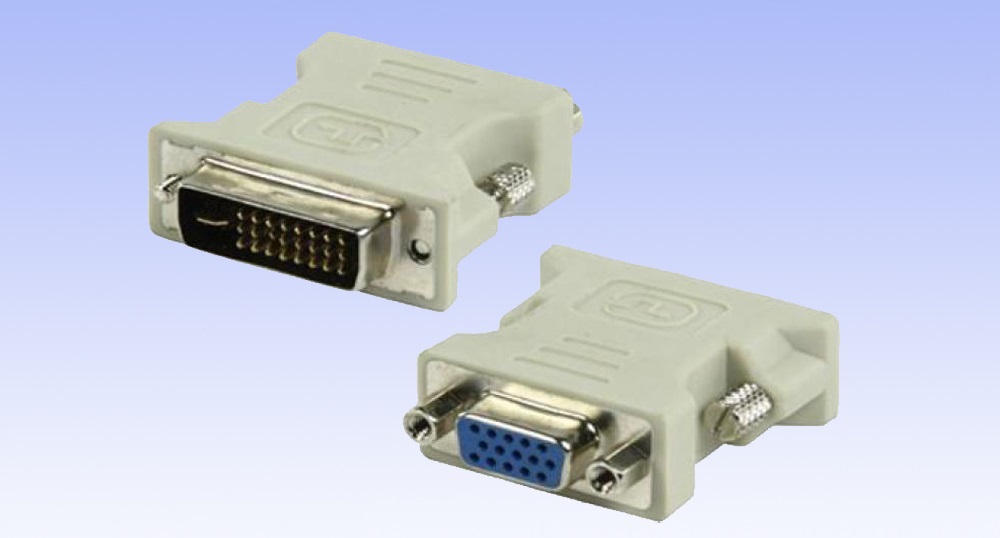
Features of DVI-D and VGA connectors
The interfaces will differ greatly both in the method of signal transmission and processing, and in the connectors. What is the difference between the two standards DVI and VGA is clear even from the definitions.
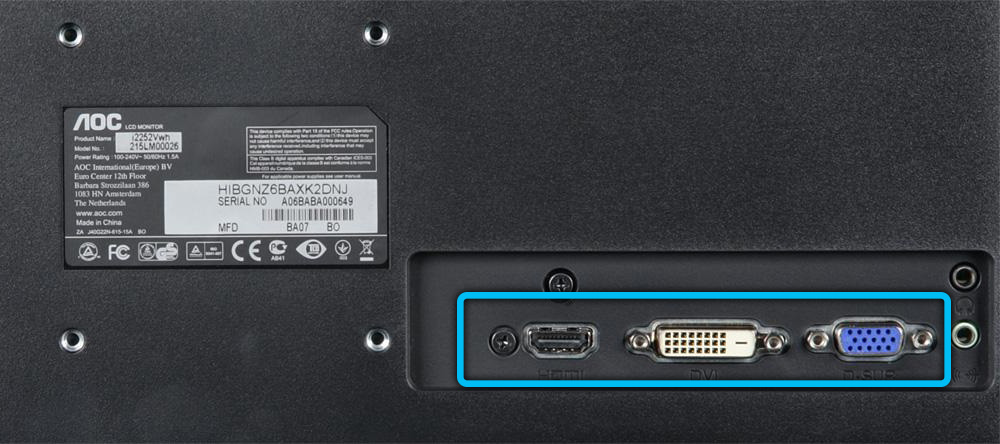
Digital Visual Interface (DVI) is a digital interface that allows you to transfer video images to digital devices, usually a video card – a monitor. The DVI port is equipped with devices that support the technology, its use ensures the receipt of a picture in the best quality.
In the case of the DVI-D modification, only a digital video signal is transmitted, while there is no analog channel, and modern GPU modules are equipped with just such an interface. At the same time, not everyone is in a hurry to completely update the equipment, and the incompatibility of technologies creates obvious problems for owners of monitors with VGA, there is a need to purchase converters.
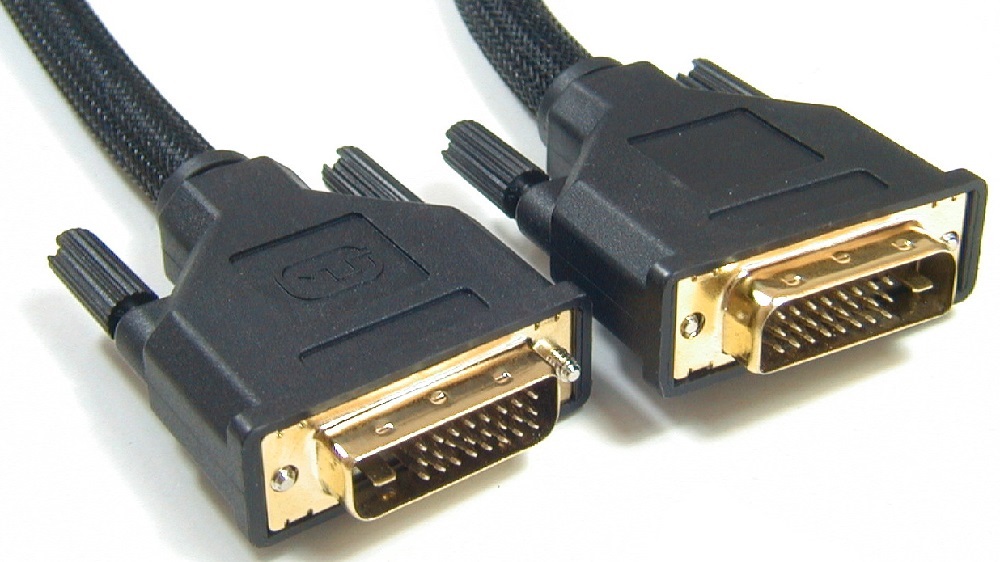
Since DVI modifications differ from each other, connectors can be of the following types:
- DVI-A — Provides only analog signal transmission.
- DVI-I is used both for sending data in digital form and in analog format (both channels are available, independent of each other, working alternately – the decision to transfer data alternately is taken by the device).
- DVI-D —Designed to carry an exclusively digital signal.
The versions of the standard also differ in the number of channels (Dual Link in the name indicates the presence of two digital channels, Single Link – only one channel is implemented), which directly affects the bandwidth.
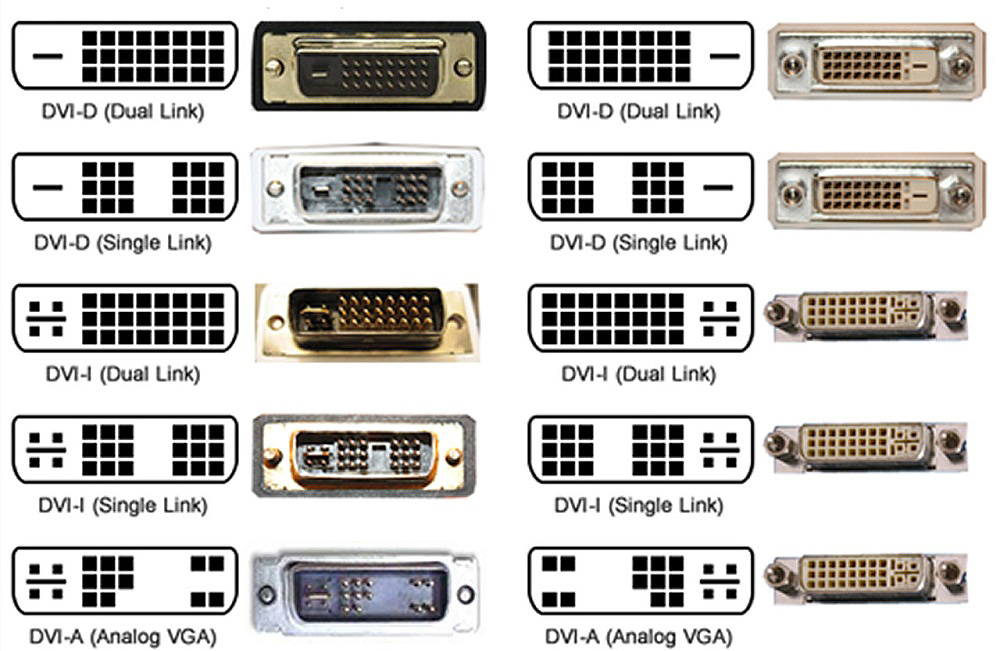
The Video Graphics Array standard is already decades old, it is an analog interface developed in 1987, which was equipped with computer monitors and video cards. With the advent of LCD monitors, it became necessary to convert the video signal twice, which became impractical, as a result of which it was decided to exclude the analog signal from the chain.
The maximum quality when transmitting a video signal via VGA – HD, so that the Full HD format or 3D files will not be played, therefore the specification is considered already morally outdated, despite the fact that it is still popular among users. The maximum resolution, which is achieved with an analog interface, is only 1280×1024 pixels, which was not bad 20 years ago, but today the digital format is more relevant, allowing you to get a picture with a resolution of 2560×1600 pixels.

VGA interface can be of the following types:
- DDC1 – one way transmission is provided. The video adapter detects the data and identifies the attached DDC monitor.
- DDC2 – information is exchanged in both directions, the monitor transmits data, the computer adjusts the parameters for the connected device.
- E-DDC is the most advanced variation. The data about the connected device is saved in the interface memory.
VGA connector pinout
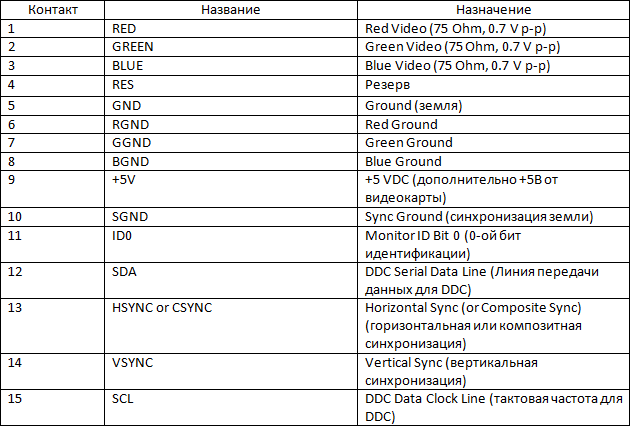
Pinout of the DVI-D (Dual Link) connector
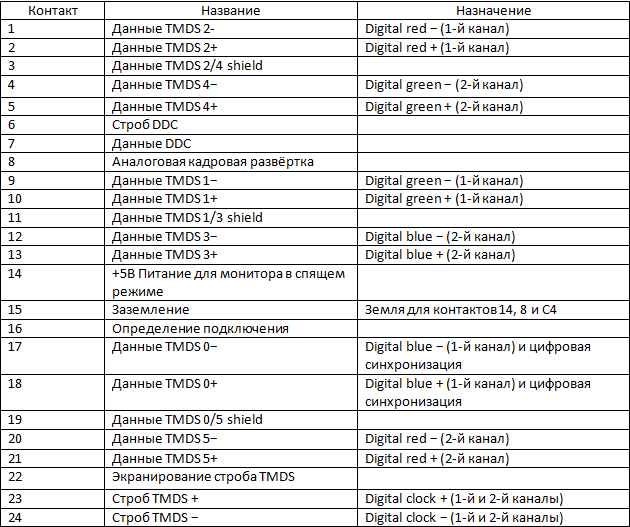
Compatibility issues
When purchasing a new video card, the owner of an old-style monitor immediately has a question about how to connect DVI-D to VGA. First of all, the user, seeing the striking differences in the connectors, purchases an adapter, but this solution does not always help to cope with incompatibility problems.
So, the absence of C1-C4 contacts on DVI-D (4 rectangular holes on the connector) makes it impossible to broadcast an analog signal. Looking at the pinout, you can immediately determine that the modern video adapter does not fit the old image display device, and even if the monitor sends a signal, the chance that the picture will appear is minimal.

Pinout that supports DVI to VGA transfer
Connecting a VGA monitor to a DVI-D video card can be carried out using a special device that converts the signal.
Solution of the problem
Based on the pinout, it should be understood that even after making a DVI-D / VGA adapter with our own hands, we will not get an image on the screen, since the video signal is not converted by unsoldering. The appearance of a picture may mean that the video adapter still supports analog transmission, that is, in front of you is DVI-I or A.
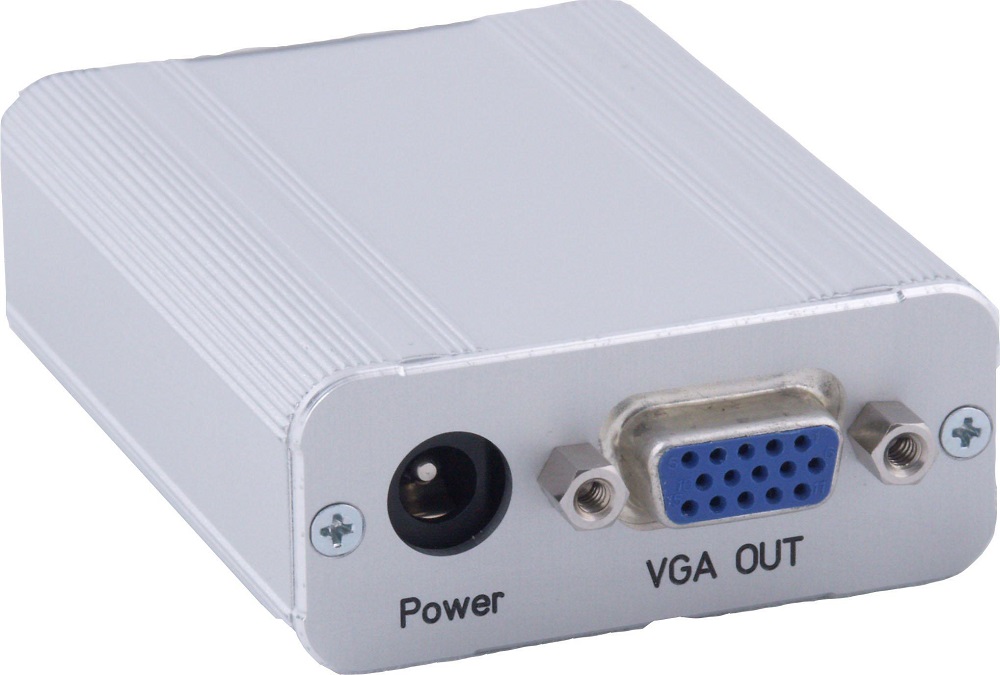
Despite the incompatibility of technologies, it is still possible to connect VGA to DVI-D, since information can not only be transmitted, but also converted. So, the connection is realized through a device called a converter or converter. Although the device may outwardly resemble a simple adapter, in contrast to it, there is an additional module here. Many models of the device also require a separate power supply, and the cost of the converter will be much more expensive, but it is not worth saving on it, since this approach can cause incorrect connection.
The task of the converter is to convert a digital into an analog signal, which allows you to send data from a modern GPU module to an outdated display device, including televisions and projectors. At the same time, devices are most often equipped with a more advanced HDMI connector, which also works with digital, so there should be no problems with connecting a video card. In this case, additional use of adapters is not necessary.
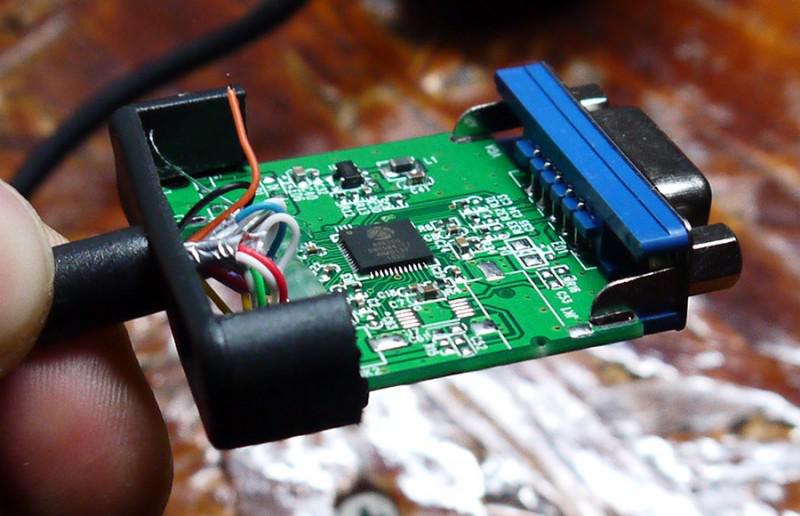
We recommend that when choosing a converter, take into account possible incompatibility with technology and the need to organize a separate power supply. Audio is transmitted via an additional cable, since when using the above technologies, we are talking exclusively about broadcasting a video signal. If the length of the cord connecting the computer and the monitor or TV set is less than 1.5 meters, it is not necessary to connect to the power source. In addition, ideally, it is better if the frequency of the output device and the converter are the same. If the diagonal of the display is over 40 inches, stripes may appear on the display.